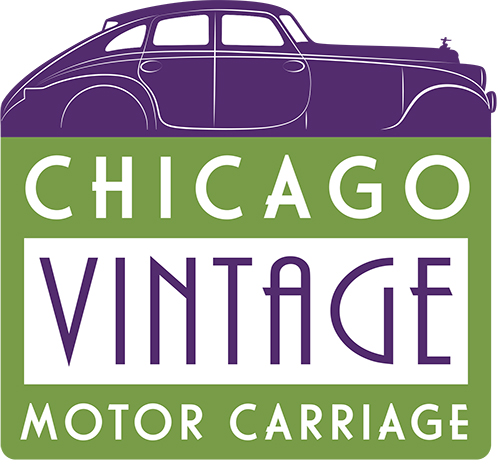1931 Duesenberg Model J Convertible Sedan by Dietrich
1931 Duesenberg Model J Convertible Sedan by Dietrich
The Model J is a car of no regrets. When produced, its makers knew they had gone as far as it was possible to go; and its owners have repeatedly said that no matter the sacrifice to obtain one, there were never any regrets in ownership.
- YEAR & MAKE - 1931 Duesenberg
- MODEL/BODY/STYLE NUMBER - J
- BODY TYPE - 4 Door, 5 Passenger Convertible Sedan
- BODY BY - Dietrich
- # CYLS. - Strt. 8
- TRANSMISSION TYPE & NUMBER - 3 Speed, RWD
- WEIGHT - 5,269 lbs
- ESTIMATED PRODUCTION - 2
- HP - 265
- C.I.D. - 420
- WHEELBASE - 142.5″ / 153.5″
- PRICE NEW - $8,500
Duesenberg was so identified with straight-eight engines that they trademarked “Straight 8,” yet the engines they bought from Lycoming were by all accounts not very sound. It’s doubly ironic, as the engine architecture was originally a Fred Duesenberg design built in-house for the Duesenberg A; then outsourced and used for Auburn after E. L. Cord acquired the company in 1926. As the top of the line car in Cord’s empire, the Model J required an engine to surpass any other models, but Lycoming’s Duesenberg-designed DOHC was lucky to produce 200hp. That was ample, if not close to the advertised 265hp of a Model J.
As modern engine builders have discovered, the Duesenberg’s 419.7-cu.in. engine is capable of extraordinary power, when given enough air. However, in this case it was all fed through a single 1.5-inch Schebler carburetor, which dramatically limited the potential horsepower. Duesenberg’s answer was to completely disassemble, balance and blueprint each engine, as well as rejecting multiple heads for each accepted, little surprise given the size and complexity of the casting. “The Duesenberg engines as built by Lycoming were, to say the least, not finely tuned,” said former ACD Club Duesenberg historian Chris Summers in Hemmings Classic Car. “They were pretty much flung together and sent out the door as fast as possible…The result was that, once every engine reached Indianapolis, it had to be rebuilt from the ground up, tuned and and tested again to produce the power claimed of it before it could be installed in a car. Thus, every Duesenberg can claim to have a factory-blueprinted engine, and the performance of every Duesenberg varied slightly.” It has been said that only 60hp were necessary to cruise at 60 MPH, leaving ample power available.
A light body in peak performance was capable of reaching 100 MPH in 21 seconds, and the factory saw 116 MPH. Quality, innovation and excellence went beyond the engine. It was rubber-mounted in a hefty 8.5-inch deep frame, and the company was perhaps as proud of its excellent hydraulic brakes, introduced several years before and the first on an American production car, as of the engine. Servo assist was even available after 1929. Unlike a production line assembled car, parts were generally matched to each car, with identifying stampings found not only on the engine and transmission, but both axles, as well.
In either the Gordon Buehrig-designed factory bodies or coachbuilt, Duesenberg included a dash to impress. An improbable 150 MPH speedometer was joined by a standard altimeter and clock/stopwatch, as well as a barometer and manometer for brake pressure, a tachometer, ammeter and oil pressure gauge. And then there are the four little red and green lights, which illuminated red at 75 miles when automatic chassis greasing engaged (and green when the reservoir was empty); the 700-mile oil change interval reminder; and 1,400-mile battery maintenance alert.
The Duesenberg’s eternal appeal is summed up in the fact that of the 424 known, approximately 350 have survived, and fewer than 40 are unaccounted-for. By any measure, the Duesenberg brothers and E. L. Cord succeeded in their aim to make the finest cars the world had ever known.





